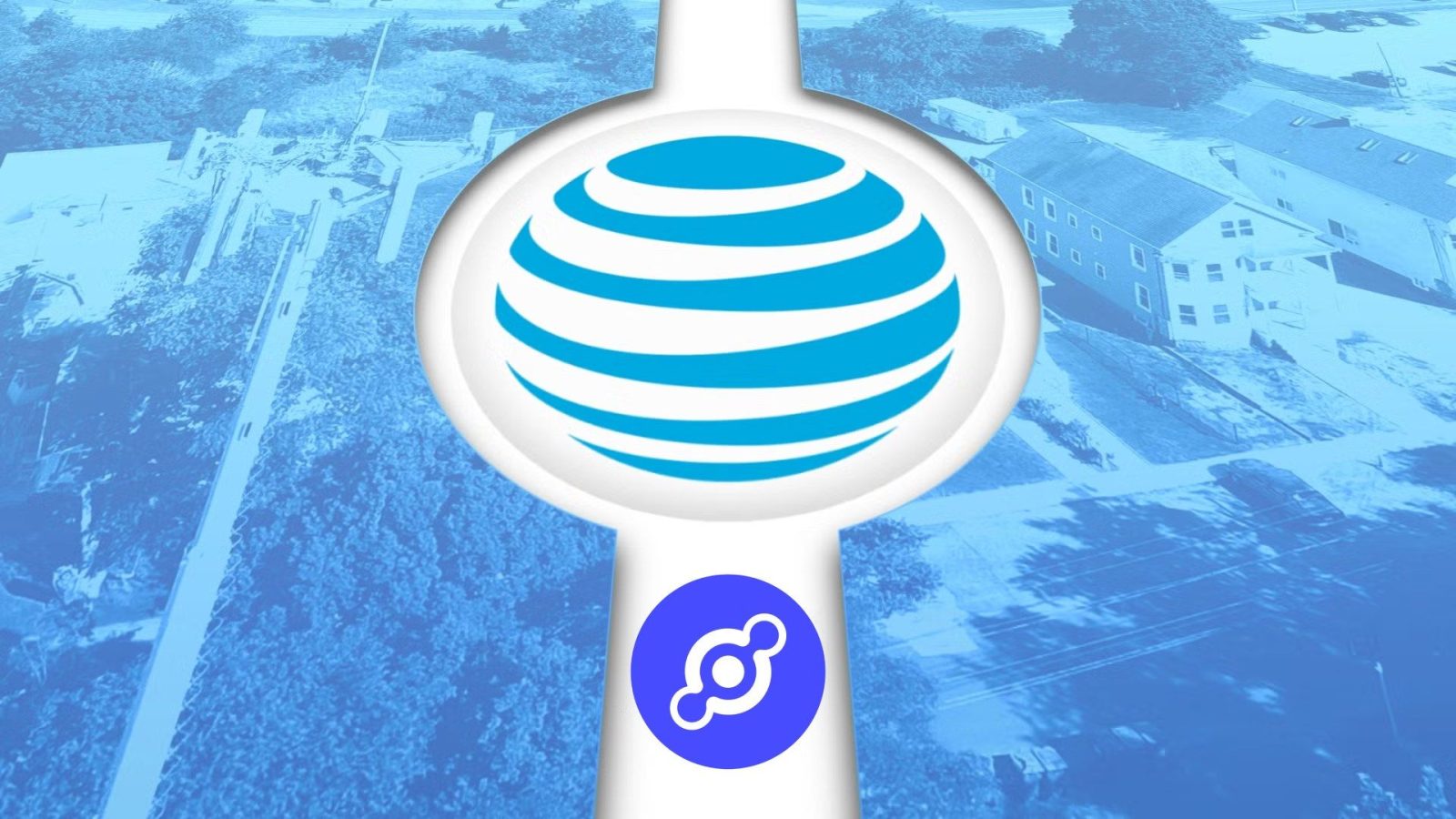Summary
- AT&T is partnering with the Helium Network to offer decentralized high-speed data to subscribers via distributed, user-adopted hotspots.
- Helium Network’s unique approach drives consumer connectivity via incentivized participation.
- The collaboration between AT&T and Helium Network signifies a transformative future for wireless connectivity.
One powerful vision for the future of cellular connectivity and internet access revolves around decentralized access points capable of delivering high-speed data on top of what over-the-air cell service already provides. Distributing mobile bandwidth reduces strain on networks, mitigates slowdowns during peak hours, and improves reliability outside densely populated areas with significant cell infrastructure.
But AT&T isn’t waiting for slow-moving advancements to industry standards like 5G. To get the jump on the technology, it’s partnering with the one-of-a-kind Helium Network, a vast, interconnected array of over 62,000 Wi-Fi hotspots throughout the US and Mexico. After nearly a year of beta testing, it’s the latest in a series of milestones set to grow the Helium Network’s viability, and enhance speeds and consistency for huge numbers of subscribers.
Borrowing bandwidth for better browsing
If it’s just sitting there, unused, why not?
Helium has a lot going on these days. It’s angling to revolutionize IoT connectivity behind the scenes, and while a lot of consumers haven’t heard of the Helium Network yet, experts certainly have, and it’s making important progress. On the end-user side, Helium’s been cooking up this potentially industry-changing partnership for some time. Rumblings of an invite-only beta test hit social media nearly a year ago, and the collaboration now appears ready for primetime.
Some fixed internet providers offer similar services, but they’re not widespread or remarkably effective. This is the first major carrier to partner directly with a consumer-facing outfit like the Helium Network for distributed data offload. AT&T subscribers will have tens of thousands of hotspots throughout North America at their disposal, and that figure will only get bigger.
Related
Why the Helium Network is different
We met with a Helium representative, who was excited to discuss how this decentralized infrastructure lays a foundation for next-generation networks. And, as groundbreaking as it could prove in the long term, it’s actually not all that complicated. We talked about how the people-powered deployment enables high-speed data expansion into rural and other underserved areas, and helps define the future of wireless connectivity. The converging of mobile and Wi-Fi networks using the Wi-Fi Certified Passpoint standard serves to reduce the limitations of both connectivity types, lowering costs and increasing performance.
“Teaming up with such a global leader in the industry allows us to rapidly accelerate the adoption of Helium and provide real-world value to both AT&T and their subscribers. This is only the beginning of our journey that will transform the future of connectivity.” — Amir Haleem, Helium co-founder and Helium Mobile CEO
Helium also explained how participants in its hotspot network see incentives for contributing to the connectivity community, instead of every dime contributing to increased fees to major carriers. Incentivized participation and low entry costs also spur faster growth in places that badly need more bandwidth. The structured, decentralized network also creates a pathway for charting important usage metrics. Rather than sensitive data protected by the carrier, Helium statistics provide transparency that encourages adoption and advancement in exactly the ways different areas need most.
The new partnership follows Helium Mobile — a T-Mobile MVNO that also utilizes Helium Network hotspots — launching a free 5G plan supported by anonymized location sharing, referrals, surveys, and other participation. The cell provider also recently teamed up with Telefónica’s Movistar, a deal partly responsible for the Helium Network’s strong and growing presence in Mexico. If you’re a developer, hotspot owner, or other Helium community member, or you just want to learn more about this interesting implementation, consider joining the Helium Community Call on Discord next week.
Related
Best AT&T plans in 2025
Does AT&T offer the best coverage for you?

Leave a Reply